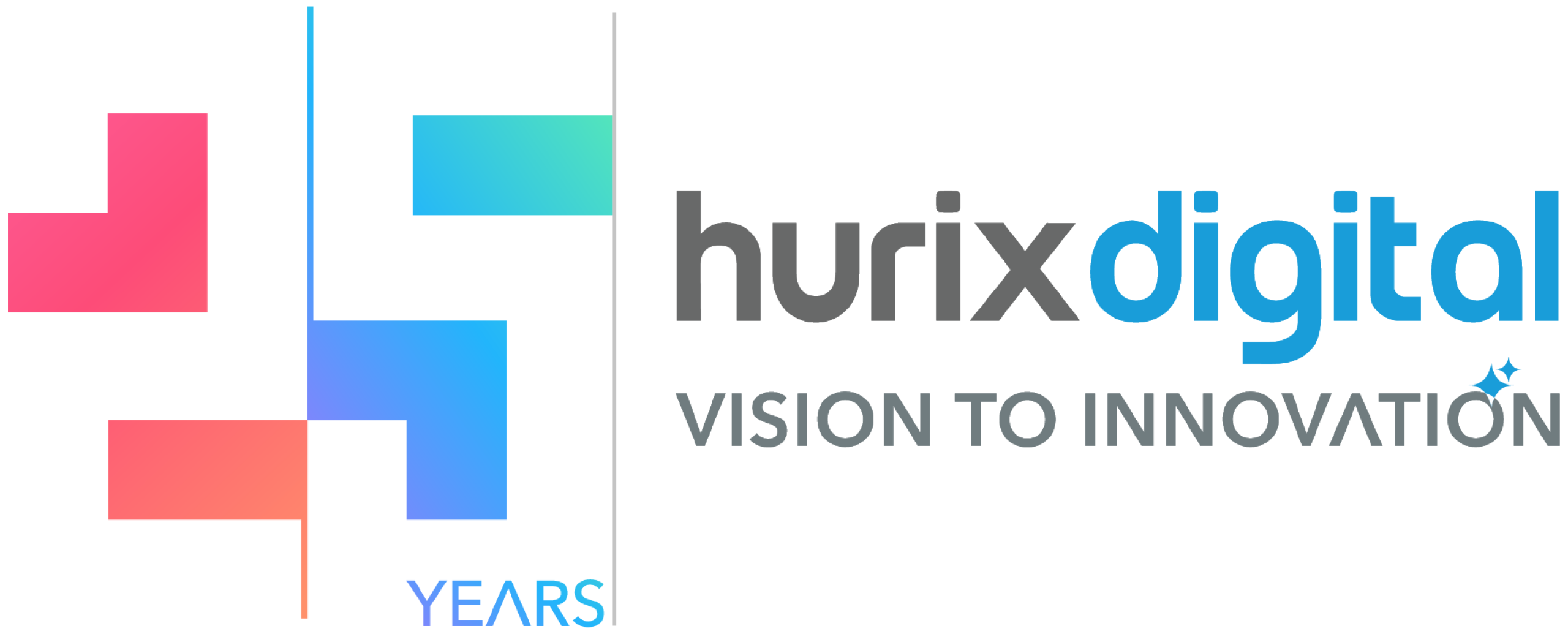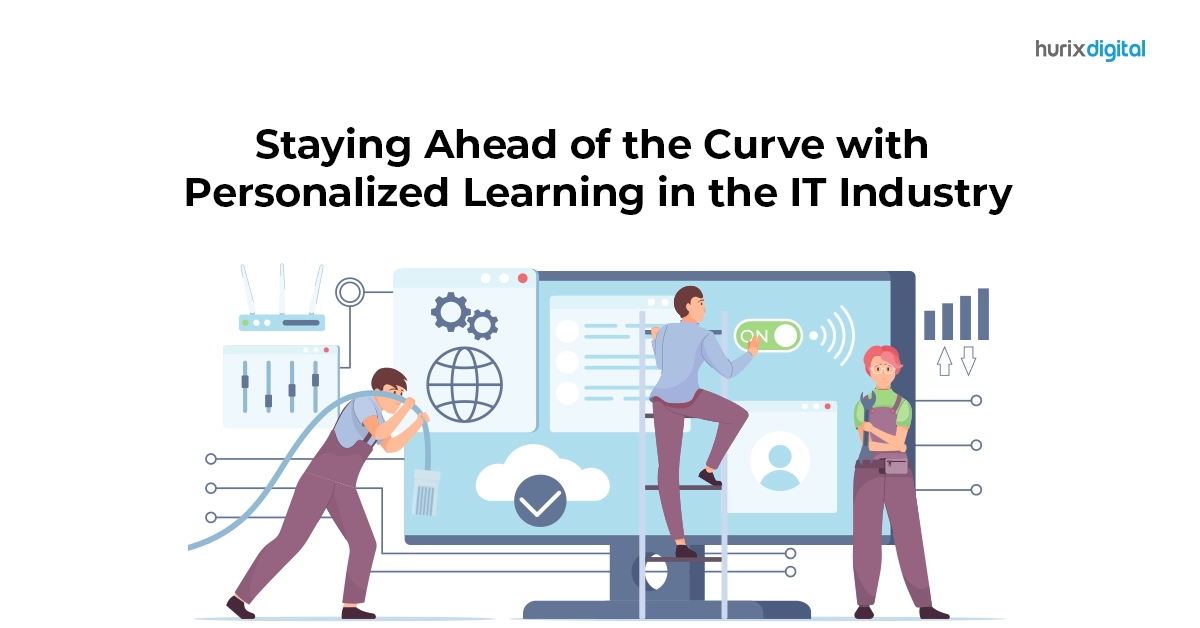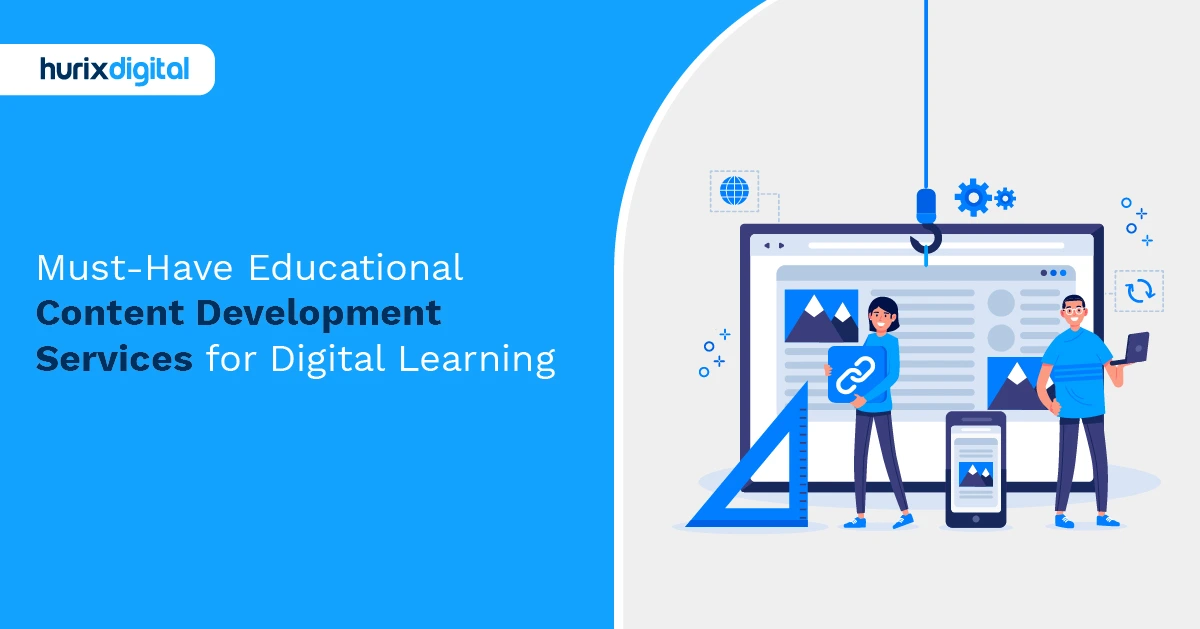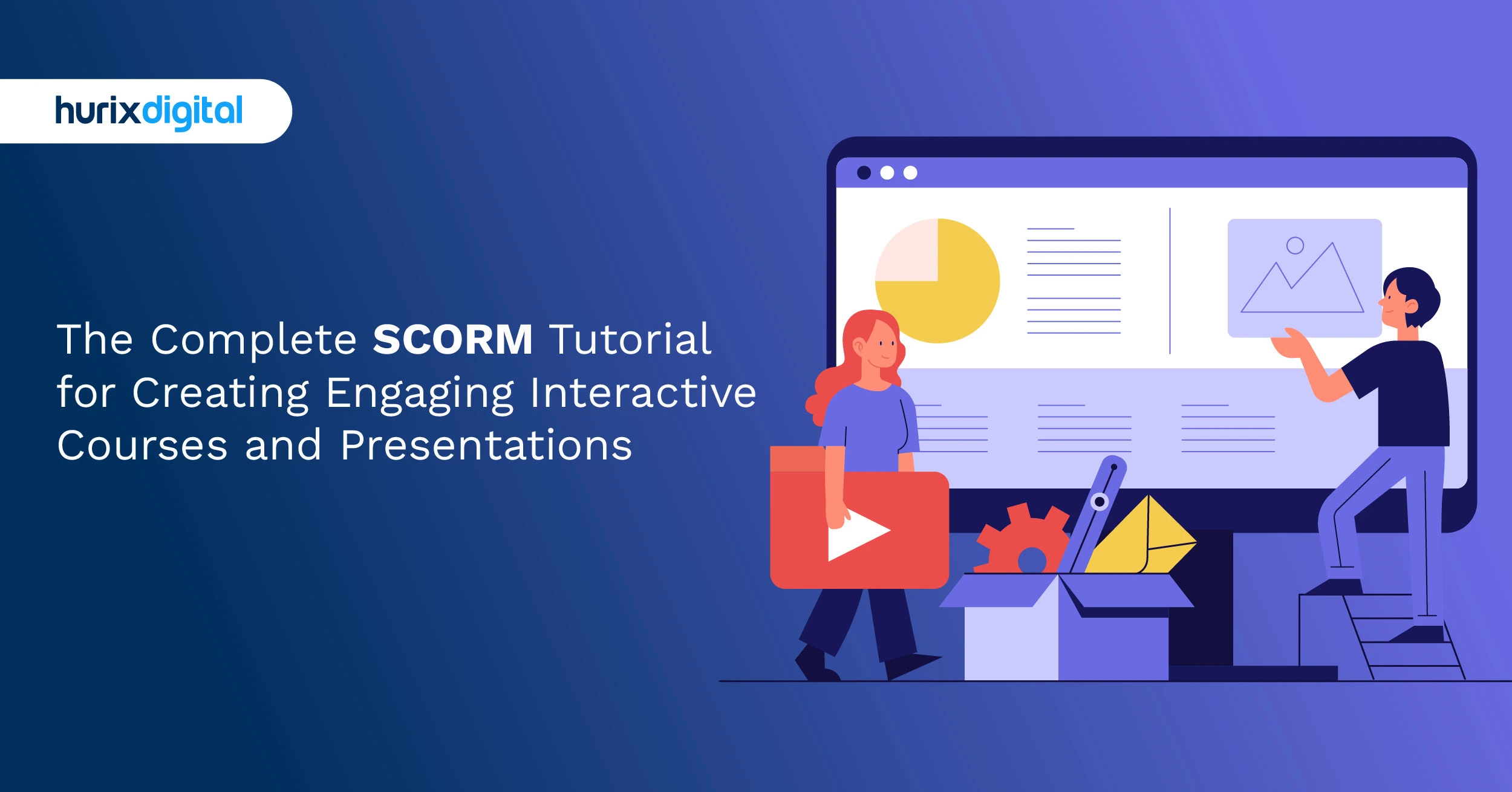
AI Course Generator Secrets EdTech Leaders NEED to Know!
For many leaders in EdTech, conversations about AI course generators often begin with excitement about efficiency and scale. There is indeed a lot to be thrilled about. We can easily imagine generating a vast amount of content, tailored for individuals, and delivered at incredible speeds. However, more experienced thinkers, who understand the complex reality of education, tend to move past the initial enthusiasm quickly.
The symposium addresses difficult issues beyond content creation. It looks at the friction in EdTech ecosystems, the actual return on investment for institutions, and how these ecosystems protect content in a changing environment. They also examine the impact on human roles, such as faculty and instructional designers, while revisiting ongoing concerns about data security, intellectual property, and measuring learning with new methods.
These are strategic questions that demand a careful approach, the ability to avoid basic implementation challenges, and the need to keep a genuine competitive edge. If you want to know about AI course generators, you’ve come to the right place!
Table of Contents:
- How do AI Course Generators Ensure High-Quality, Relevant Content for Learners?
- Can AI Course Generators Personalize Learning Paths at Scale for Diverse Needs?
- What Integration Challenges Arise with AI Course Generators in Existing EdTech Ecosystems?
- What is the Actual ROI of Investing in an AI Course Generator for Your Institution?
- How do AI Course Generators Future-Proof Content Creation for Rapid Market Changes?
- How will AI Course Generators Redefine the Role of Faculty and Instructional Designers?
- What Data Security and Intellectual Property Concerns Surround AI-Generated Course Material?
- How Can You Accurately Measure Learning Outcomes from AI-Generated Courses Effectively?
- What are the Common Implementation Pitfalls for Adopting AI Course Generators Successfully?
- How do AI Course Generators Maintain a Competitive Advantage in this Market?
- Conclusion
How do AI Course Generators Ensure High-Quality, Relevant Content for Learners?
You know, the idea of a machine spitting out a coherent, engaging course still raises an eyebrow for some. And rightly so. The trick, though, isn’t that the generative AI simply ‘knows’ everything. It’s more about the thoughtful design behind its operation, how it’s been taught, really.
Take the initial content gathering. It isn’t just hoovering up every piece of information on the internet. That would be chaos. Instead, designers carefully curate vast datasets of high-quality educational materials – textbooks, academic papers, expert-written articles, and even well-structured existing courses. Think of it like a master chef selecting only the freshest, finest ingredients. If the input is poor, the output will be. There’s a constant, almost obsessive, focus on the provenance of that foundational knowledge.
Understanding context is key. A generator discerns relationships between concepts. If a learner asks for “introductory physics,” it doesn’t just pull all physics documents. It uses millions of examples to show how topics like mechanics usually come before electromagnetism, or that math skills are required. It’s about building a pedagogical path, not just facts. This involves semantic analysis, parsing intent, and understanding misconceptions, skills humans develop over the years.
These systems are iterative, learning from interactions. When students struggle or instructors give feedback, that info feeds back into the system. It’s a continuous refinement, like adjusting a recipe from tasters’ comments. Concepts may need simpler analogies or more scaffolding. Human oversight remains key; experts review content for accuracy, clarity, engagement, and that ‘spark’ that aids learning. Without human judgment, even the best algorithms are just efficient parrots, not real educators.
Can AI Course Generators Personalize Learning Paths at Scale for Diverse Needs?
The enthusiasts claim AI will create personalized learning journeys for all students. It can analyze data like scores and click patterns to adapt content and suggest paths away from one-size-fits-all education. That sounds plausible, but that’s an ambitious classroom.
But personalization? Truly personal? That’s where the conversation gets tricky and nuanced. Think of a student struggling not because of the content but because of overwhelm at home, or another who needs creative problems to feel challenged. An AI sees data points like algebra struggles and suggests practice problems. But does it see frustration, the quiet sigh, or does it discern if difficulty is because of a cognitive block, a language barrier, or motivation issues outside the curriculum?
A good teacher observes, listens, and feels the room. They notice when a student excels in collaboration but struggles alone, often asking, “What’s really going on here?” This human touch, reading between the lines and understanding emotional or non-academic barriers, is elusive even for advanced algorithms. AI can adapt structure and difficulty, but misses the empathetic grasp of why learners act as they do or stall.
What Integration Challenges Arise with AI Course Generators in Existing EdTech Ecosystems?
The hushed tones of a new AI course generator might make them seem like a way to streamline everything, but that promise clashes with realistic and often unstated concerns about adding it to an existing EdTech stack. Plugging it in is not a simple process; the truth is far more complicated. LMSs, SI systems, proctoring tools, digital libraries, departmental wikis, etc., all need to be integrated. Integration of an AI generator requires matching APIs, data integrity, and coordination for the AI pathways to be aware of the student’s progress in one system to accurately inform AI pathways in another. Poor data flow may result in silos that frustrate instructors and mislead learners.
Another challenge is that all schools have different teaching philosophies. While AI can put content together quickly, it may gloss over the nuances that are important, such as critical thinking versus rote memorization.
We need AI modules that support values such as cooperative learning and discourage passive consumption. Faculty consistently must revise outputs, which is busy work without a real-time benefit. Speed needs to be balanced with trust in AI and the integrity of education.
What is the Actual ROI of Investing in an AI Course Generator for Your Institution?
When thinking about an AI generator, institutions usually think about efficiency. They think that with the advent of such a tool, imagine the volume of content we could produce and the instructional-design hours that would be saved. An outline or a rough idea for a course is generated more quickly than a human could come up with it, some quickly, but occasionally, an uninspired research assistant working with your library.
But what is the real return? It’s rarely just speed. We have seen other media technologies promise revolution but fail to deliver. If we consider the generator not a substitute but an amplifier, then the deeper ROI emerges. It helps to free instructional designers and subject matter experts from listless, data-driven work and allows them to enjoy their engagement.
An AI-generated course is just a rough sketch to begin with. The true work, the human touch, is the text that polishes and individualizes it with storytelling and nuance and renders it exciting. This changes ROI from quantity to quality, creating advanced courses without boring initial content creation for experts.
Justifiably, one may be concerned about quality. AI doesn’t know the specific context of a little college versus a sprawling university, and it doesn’t know campus inside jokes or history. Its output can be generic and without an authentic voice to undermine trust. Thus, human supervision, human screening, human editing, and human customization are critical components of ROI calculation. It takes skilled handling to take this raw output and produce something meaningful and valuable.
The final ROI, then, is not based purely on dollars or even hours of time saved in initial content creation. It is measured in higher quality of instruction, in the space it provides faculty to innovate rather than to administrate, and in the mental bandwidth that enables true pedagogical thought to thrive. “Huge amounts of information collation should be left to the machines; brilliant thinkers like you have the irreplaceable art of education to do.”
How do AI Course Generators Future-Proof Content Creation for Rapid Market Changes?
Currency has been one of the biggest problems in education. Change occurs rapidly—cybersecurity protocols change, new programming languages emerge, and global market insights change. What matters today may be irrelevant next quarter. Keeping a course up-to-date has been like painting a moving train: slow, expensive, and often left behind by the time a rewrite is complete.
Here, AI course generators step in-not as some magic oracle, but as a powerful assistant. They produce content that can be modified to your needs. A human team might update a digital-marketing course once a year, an AI can constantly monitor the streams of data, in this case, the algorithms of search engines, the rules of social media platforms, and the new ad strategies. It points out modules in need of review or says what sections need to be redrafted quickly by a human.
This alters the relationship completely. Instead of having to completely rewrite huge courses from the ground up every few years, those who create them can make small, precise updates. One example, one definition, one tool recommendation can be changed within hours instead of months. AI divides content into digestible, updatable chunks.
AI can identify technical changes but might miss philosophical shifts or personal insights that are added by a human. Humans are still the essential editors and curators to ensure that content stays relevant and evolves with the market, not just for a season.
Read Success Story: Hurix Digital Helps a Global University Accelerate Course Development by 85% with AI-Driven Content Creation
How will AI Course Generators Redefine the Role of Faculty and Instructional Designers?
The arrival of AI course generators means a redefinition, not elimination, of roles for faculty and instructional designers. Consider faculty first: the hard work of building a course from scratch – outlining, curating readings, writing lectures, crafting discussion prompts, much of that foundational work will get streamlined. An AI can whip up a coherent module on quantum physics in no time.
A faculty member’s focus shifts from content creation to enhancement, acting as a wise editor and contextualizer. They review AI output for nuance, bias, and realism, especially in seminars where they guide discussions, challenge assumptions, share research, and relate ideas to real-life roles no algorithm can do. They inspire, mentor, foster critical thinking, and become true educators, not just information providers. The change is significant for instructional designers. They move from writing objectives and storyboarding modules to designing learning experiences with AI. Their role expands to reviewing AI-generated content for effectiveness, engagement, accessibility, and alignment to learning outcomes. They become strategic partners, using AI tools, troubleshooting issues, and designing the learning ecosystem. Instead of building parts, they craft a blueprint for an inspiring environment. Though the initial integration may be rough, the potential for humanized learning is enormous.
What Data Security and Intellectual Property Concerns Surround AI-Generated Course Material?
When AI generates course content, a whole host of concerns arise, particularly around data security and intellectual property. When faculty or institutions feed information into these complex models, whether it’s a new syllabus idea, detailed lecture notes, or even sensitive student feedback for an AI tutor, they are essentially handing over that data to a black box. One might pause to wonder: where does that data go? It’s not just “processed”. It often becomes part of the AI’s ongoing training and gets mixed into vast, indiscriminate datasets.
The risk of accidental exposure is real. A university’s unique pedagogy developed over decades could inadvertently help a competitor’s AI platform. Student data, anonymized or not, might end up in a general model that could be re-identifiable with enough prodding. It could sit on unknown servers under opaque security and erode trust and compromise institutions.
Then there’s the tricky issue of intellectual property. Who owns the course content that an AI generates? Is it the faculty member who crafted the prompt, who spent hours refining it until the output met a specific educational goal? Is it the university under a work-for-hire doctrine? Or does some ownership subtly transfer to the AI provider whose algorithms did the heavy lifting? The lines get blurry, and traditional copyright is a blunt instrument.
AI models learn from copyrighted content, raising legal and ethical questions. They might inadvertently copy existing works without permission, creating problems for users like educators trying to innovate. Institutions are in a confusing landscape with no clear rights or responsibilities.
How Can You Accurately Measure Learning Outcomes from AI-Generated Courses Effectively?
Accurately measuring learning outcomes from AI-generated courses is a new challenge. Traditional tests, such as multiple-choice quizzes or rote memory questions, don’t fit these dynamic, personalized experiences. Judging the depth of a conversation by the quantity of words uttered would be like judging the depth of a conversation by the quantity of words uttered.
One quickly realizes that the focus must shift from what information was recalled to how knowledge was applied and skills demonstrated. For example, if an AI course is teaching a new software tool, the important question isn’t whether the learner can recite its features but whether he or she can use it to accomplish an unfamiliar task, maybe one that the AI never treated explicitly. This requires project-based assessments, simulations, or peer-reviewed work, allowing learners to apply what they’ve learned to a somewhat messy, real-world situation.
AI logs everything you interact with, revealing some common struggles, levels of engagement, or signs of frustration. Interpreting this data requires caution: A pause could mean deep thought or distraction. A good educator’s judgment is needed to assess whether learners are really understanding and able to relate to the material, not simply following prompts.
The flexibility of courses in artificial intelligence poses a certain difficulty: the path of each learner can be different. This makes a direct, apples-to-apples comparison of outcomes difficult. We may not be aiming for the same outcomes but rather for individual growth trajectories and the acquisition of core competencies, measured by a variety of authentic means. It’s a delicate balance to ensure that AI is enabling deep learning, not just efficient task completion. We’re still trying to figure out the best ways to do this.
What are the Common Implementation Pitfalls for Adopting AI Course Generators Successfully?
The promise of an AI course generator, turning an idea into a structured learning path in minutes, is fantastic. It evokes visions of efficiency and easy scaling of knowledge. Yet, the road to truly successful adoption, one that improves learning rather than just producing more content, is often paved with common missteps. These mistakes are not related to the technology itself but to our human way of approaching the integration of such a powerful and developing tool.
A misconception we have been hearing is treating AI as an autonomous instructional designer. People believe a few proddings are enough for it to teach or structure content effectively. However, AI is primarily a generator of text that lacks an understanding of learner motivation, scaffolding, or emotional cues, which are vital components of engaging learning. Its output, whilst perfect in grammar, can often lack the human insight that makes a well-formatted paper from someone who really does understand the subject.
This reveals an underestimated problem, that of the massive amount of human curation that is required. Many think minor edits suffice, but it’s often about profound restructuring and rephrasing, and adding context, examples, and insights that AI can’t offer. While the framework of AI is important, it is also important for human input, such as anecdotes, challenges, and resonance. Teams may be able to produce many courses very quickly, only to have long editing phases that require days or weeks of human work in order to make the courses impactful. The workload changes, but the work doesn’t.
AI models are good at structuring information but have trouble explaining underlying principles and misconceptions. Courses that rely too heavily on these tools can remain superficial and miss a deeper understanding. The real challenge is detecting subtle gaps in the learning, not just correcting obvious errors. Critical review is necessary to ensure that real deep learning is taking place, which machines cannot do.
How do AI Course Generators Maintain a Competitive Advantage in this Market?
Many new AI course generators appear, each promising the moon. To truly thrive, it is not about having the best, latest large language model in the world; it is about having a basis. The real long-term advantages are a deeper understanding of pedagogy, a willingness to specialize, and the wisdom to involve humans when necessary.
In the early days, developers were in a rush to create tools that could churn out modules on any topic. It was impressive for a moment, but the courses felt generic and flat, without soul and depth. Generating text is one thing, but creating an effective learning experience is another. Successful companies didn’t ask, “How can AI write a course?” They asked, “How can AI help someone learn better?”
This shift is emphasized with essential learning methodologies: spaced repetition, active recall, and scenario-based assessments, not merely multiple-choice questions. This is about using learning science smartly, and something tech teams tend to forget. Dynamic feedback that gives an explanation of mistakes and guides learners is very important, like a (good) tutor would give. A founder once said the team had prioritized cognitive psychologists over prompt engineers, which was an insightful choice.
Specialization matters. Most AI course generators try to cover everything, which often results in mediocrity. Companies that gain traction are niche-focused, such as those in compliance, technical skills, and leadership soft skills. Specializing enables richer, relevant data, domain nuances, and more trust, making the product a trusted expert instead of another generic tool.
Knowing when to step back and let human experts take over is crucial. AI can produce accurate content, but may not understand cultural context or ethical nuances. The best generators are co-pilots: They help create drafts, do the tedious work, and then hand over to humans to refine and give insight.
Conclusion
AI course generators promise transformative learning, offering personalization and agility. Yet, realizing this potential demands navigating complex issues: ensuring quality, seamless integration, safeguarding data, redefining human roles, and accurately measuring impact. Strategic foresight is key to harnessing their true power.
AI course generators promise to reshape education, from accelerating course creation to enabling personalization and agility at scale. But their true impact depends on how thoughtfully institutions address challenges like quality, integration, faculty roles, and outcome measurement. These are not just technical choices; they are strategic decisions that will define the future of learning ecosystems.
For EdTech leaders, success lies in viewing AI course generators not as replacements, but as enablers, tools that amplify human expertise and free educators to focus on inspiring, mentoring, and creating deeper learning connections. Institutions that take a proactive, strategic approach today will be the ones setting the benchmark for tomorrow.
At Hurix Digital, we help education providers and enterprises navigate this transformation by blending AI innovation with proven instructional design expertise.
Book a call with us today and explore how to build smarter, scalable, and impactful learning experiences.

Vice President & SBU Head –
Delivery at Hurix Technology, based in Mumbai. With extensive experience leading delivery and technology teams, he excels at scaling operations, optimizing workflows, and ensuring top-tier service quality. Ravi drives cross-functional collaboration to deliver robust digital learning solutions and client satisfaction
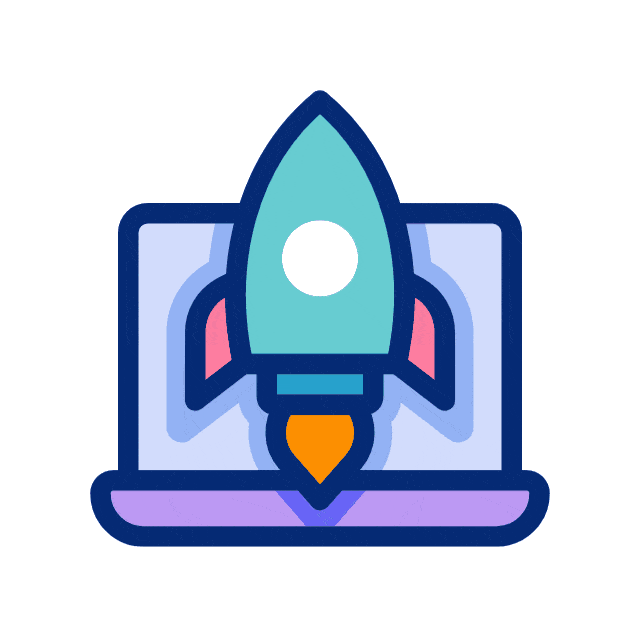 A Space for Thoughtful
A Space for Thoughtful 